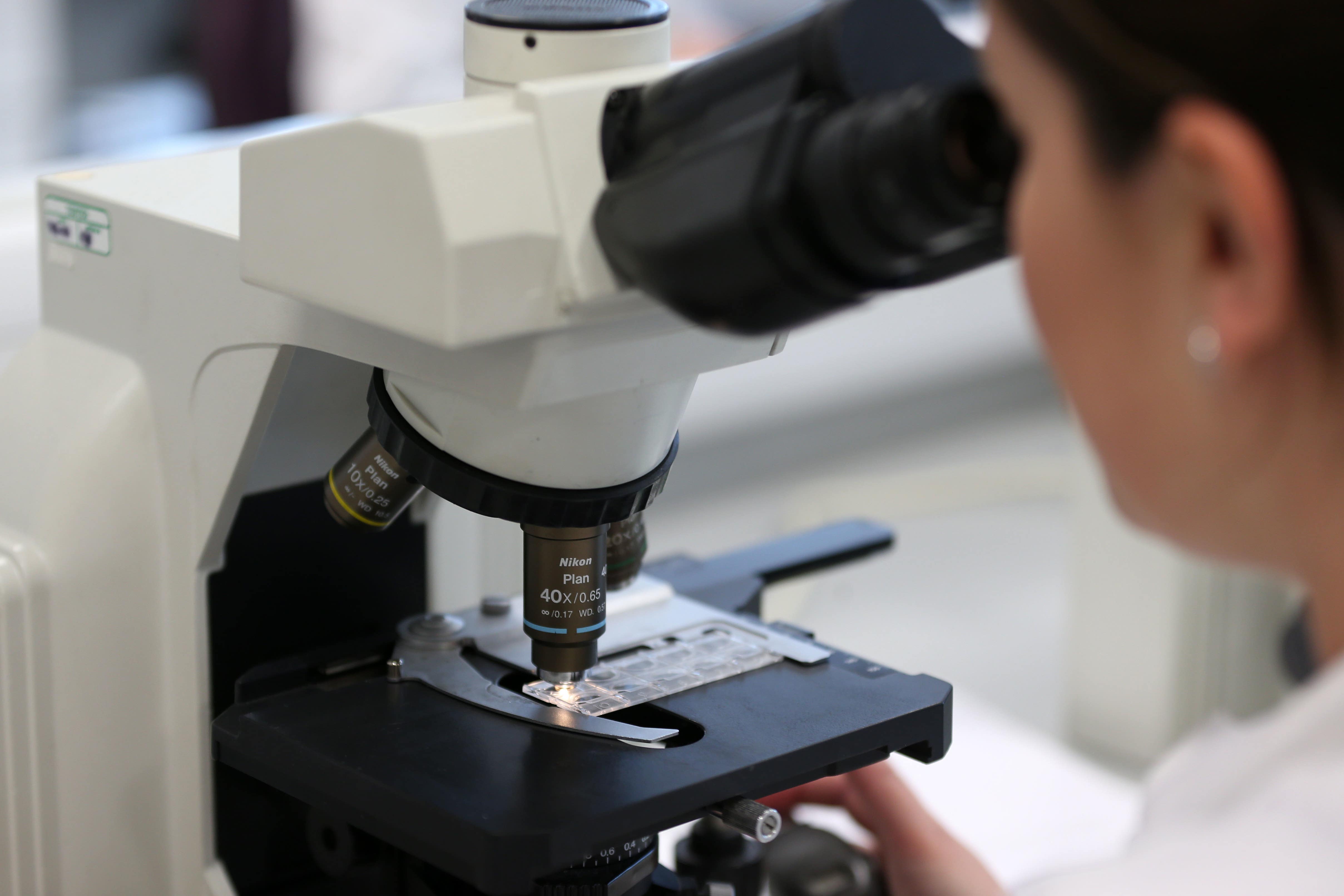‘Humanised’ liver in mice may help treat chronic diseases, researchers say
Liver disease has been difficult to study in animal models, scientists say.

Scientists have created a functional human-like liver in living mice that could help find ways to regulate cholesterol levels and potentially treat chronic liver diseases.
Alcoholic and non-alcoholic liver disease, cancer, viral hepatitis, fibrosis and cancer affect more than 1.5 billion people worldwide.
But researchers say liver disease has been difficult to study in animal models, with the livers of mice, for instance, performing functions different from those of humans.
Mouse and human cells talk in different languages, but we have enabled human liver cells to speak in their own language within living mice
In the new study, a team of scientists led by Eleanna Kaffe, at Yale University in the US, used progenitor stem cells and mature cells known as hepatocytes from a human liver, to create a complete human-like liver in a mouse model.
Researchers say this organ developed into a similar size-adjusted shape and carried out similar cellular functions as a healthy human liver.
The cellular functions in the humanised liver could also be manipulated to mimic human fibrosis and non-alcoholic fatty liver disease, the researchers report.
Richard Flavell, sterling professor of immunobiology at Yale School of Medicine and investigator for the Howard Hughes Medical Institute, said: “Inside the liver multiple human cell types talk in their own language.
“Mouse and human cells talk in different languages, but we have enabled human liver cells to speak in their own language within living mice.”
The study also found that essential liver metabolism is controlled by activity in endothelial cells, which line blood vessels that feed the liver.
The transport of cholesterol to hepatocytes is an important mechanism that reduces excess blood cholesterol levels in humans.
The humanised liver model can be used immediately by drug companies seeking to assess safety of experimental drugs designed to treat chronic diseases, researchers say.
Writing in the Cell journal, they add: “However, our long-term goal is to find ways to predict, prevent and treat all liver diseases, which take such a huge toll on individuals.”
Bookmark popover
Removed from bookmarks